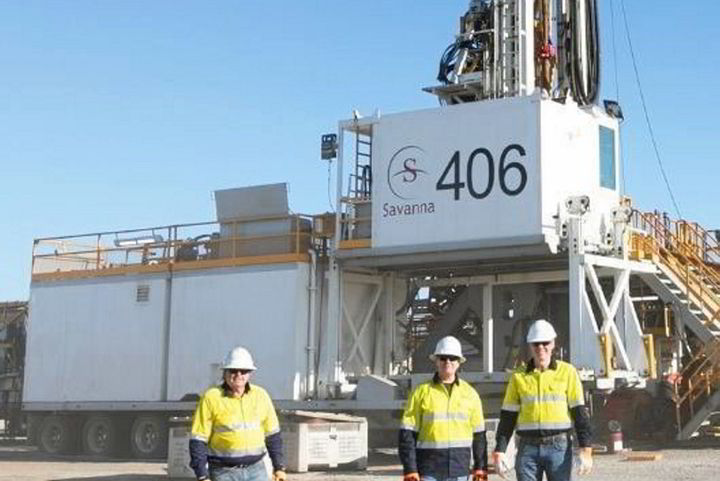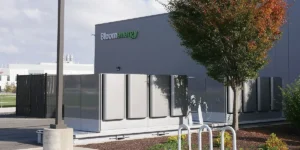Natural hydrogen detected at Australia’s second exploration well, pointing to ‘likely’ underground accumulation

Gold Hydrogen, an Australian company prospecting for naturally occurring hydrogen in South Australia, has announced it has detected “elevated levels” of H2 below ground at its Ramsay 2 drill site.
The firm had last month found “significant concentrations” of natural hydrogen at its first drilling site, Ramsay 1 — which is about 500 metres away from the second.
After detecting hydrogen in the mud gas from the start of drilling, “the decision was made to stop drilling at 290 [metres] and conduct wireline logs [ie, lowering measurement tools on a wire] to obstain downhole reservoir samples”, Gold Hydrogen said in an update.
The company added that four samples were recovered, with preliminary analysis showing high levels of H2 in the sample from 201 metres down. These samples, as well as those taken of the mud gas, were sent to a third-party lab for further testing.
Gold Hydrogen has also restarted drilling, with the aim of reaching a total depth of approximately 1,100 metres and sending down further wireline logs.
The company is confident that these results back up the hypothesis that there is a large natural hydrogen accumulation in the block of land on the Yorke Peninsula for which it has a permit.
Article continues below the advert
“Although early days, this result is likely to lead to Australia’s first natural hydrogen discovery,” it said in the update.
But Gold Hydrogen is more cautious when it comes to how much resource there is to extract — and how easy that process will actually be.
Estimates for the prospective H2 resource in the entire block, calculated in September 2021, range from 207,000 tonnes to 8.8 million tonnes, with a “best estimate” of 1.3 million tonnes.
The Australian firm cites “the presence, recovery and potential volumes of hydrogen” as potential risks, as well as the proximity of the land to national parks and farmland, “requiring significant landholder and community engagement”.
However, it also notes that the political and industrial push for clean H2 at the federal, state, and global level “provides confidence that any technical and social concerns may be overcome”.
Earlier this month, Gold Hydrogen announced it would fast-track the development of a proof-of-concept pilot plant to extract the hydrogen and purify it for use as an energy source.
Proponents suggest that this hydrogen, which can be generated underground through a number of different pathways (listed below), could be extremely cheap to extract, while scientific modelling also indicates that drilling and extraction may only result in 0.37kg of CO2-equivalent per kilo of H2.
There are six known ways in which hydrogen is produced naturally:
Serpentinisation
In which the mineral olivine located in mid-ocean ridges or ophiolites (a geological formation where sections of the Earth’s mantle rise above sea level) is weathered to form hydrogen-rich fluids. This has been seen in the Semail ophiolite, in the Hajar Mountains of Oman
Radiolysis of water
Radioactive elements in the Earth’s crust — for example in crystalline basement rocks with high content of uranium, thorium or potassium — decompose water molecules trapped in causing a hydrogen pocket, as happened in South Australia
Deep degassing
In which “primary” hydrogen (a single hydrogen atom attached to a single carbon atom) escapes from deep within the Earth’s crust. This has been seen in Nebraska, in the US
Iron reduction and sulphur oxidation
Ferric iron in a black smoker (a subsea hydrothermal vent formed from iron sulphide deposits) is reduced to ferrous iron and hydrogen sulphides
Thermal decomposition of organic matter
In which ammonium compounds located in deep sendiments decompose under high temperatures to form hydrogen and nitrogen, for example in hydrogen-nitrogen gas seeps in Oman
Biological activity
Hydrogen is produced by microbes living in the Earth’s crusts, usually co-existing with hydrogen-consuming microbes and found via sediment or aquifers. This has been observed in the coal beds of the Powder River Basin in Montana, US.
Source: Rystad Energy





